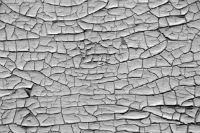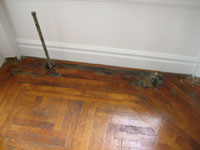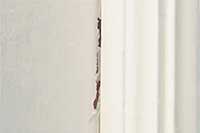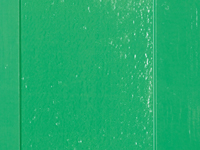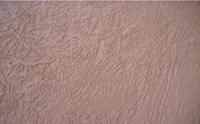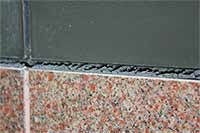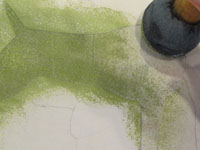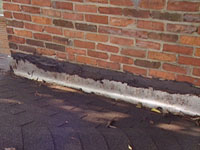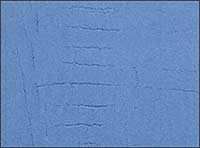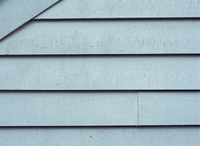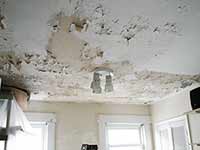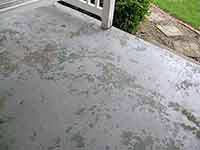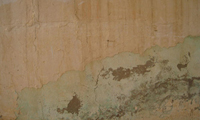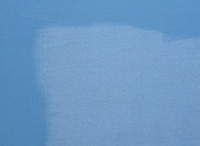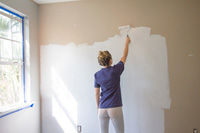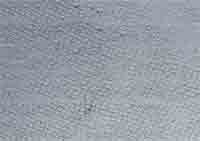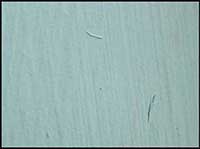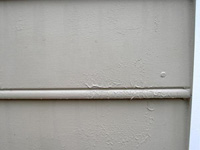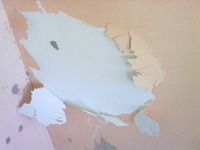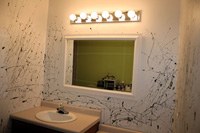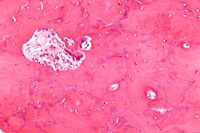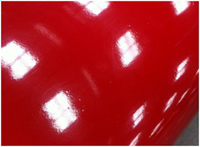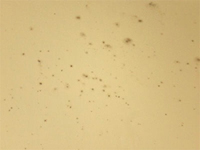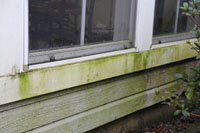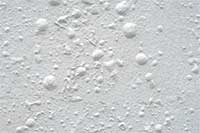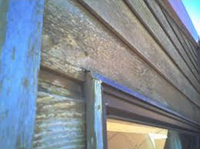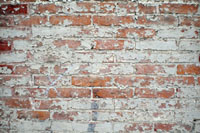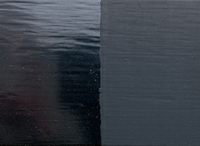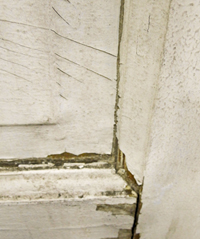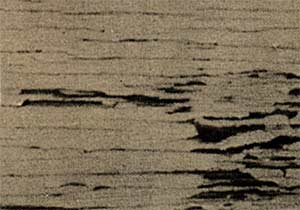 CAUSES: Shallow breaks in the coating film that do not penetrate to the substrate, slight checking indicates a relieving of the shrinkage stresses in a paint film. If the film does not check, it may crack due to greater tensile strength and the expansion and contraction of the coating film. Characterized by a pattern of short, narrow breaks in the top layer of paint, checking usually develops as the paint begin to lose its elasticity. The underlying layers of numerous coats of paint become brittle and no longer expand and contract in response to change in temperature and humidity. As the wood swells, stress breaks the bond between layers and checks form. Plywood is very likely to check because of the nature of its construction.
CAUSES: Shallow breaks in the coating film that do not penetrate to the substrate, slight checking indicates a relieving of the shrinkage stresses in a paint film. If the film does not check, it may crack due to greater tensile strength and the expansion and contraction of the coating film. Characterized by a pattern of short, narrow breaks in the top layer of paint, checking usually develops as the paint begin to lose its elasticity. The underlying layers of numerous coats of paint become brittle and no longer expand and contract in response to change in temperature and humidity. As the wood swells, stress breaks the bond between layers and checks form. Plywood is very likely to check because of the nature of its construction.
An additional cause of checking is wallcovering paste that was not completely removed when wall covering was stripped and the area painted over.
SOLUTIONS: Remove as much loose paint as possible with a scraper and wire brush and smooth the surface with sandpaper. Use exterior spackle to level material which cannot be removed. If many layers of coating are involved, you should probably remove all the paint to the bare wood to avoid unevenness and prevent rechecking. Prime all bare wood and let it dry, then apply the finish coat. Be careful not to apply it too thickly or when the temperature is too high.
For walls with residual wallcovering paste, sand and wash the affected area to remove as much paste as possible, then spot prime with a latex primer and repaint
